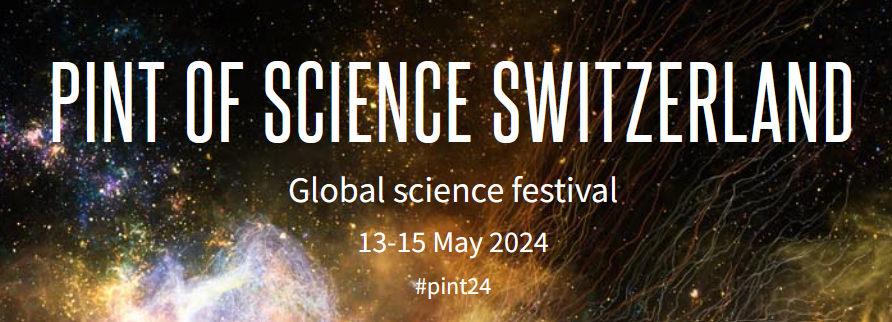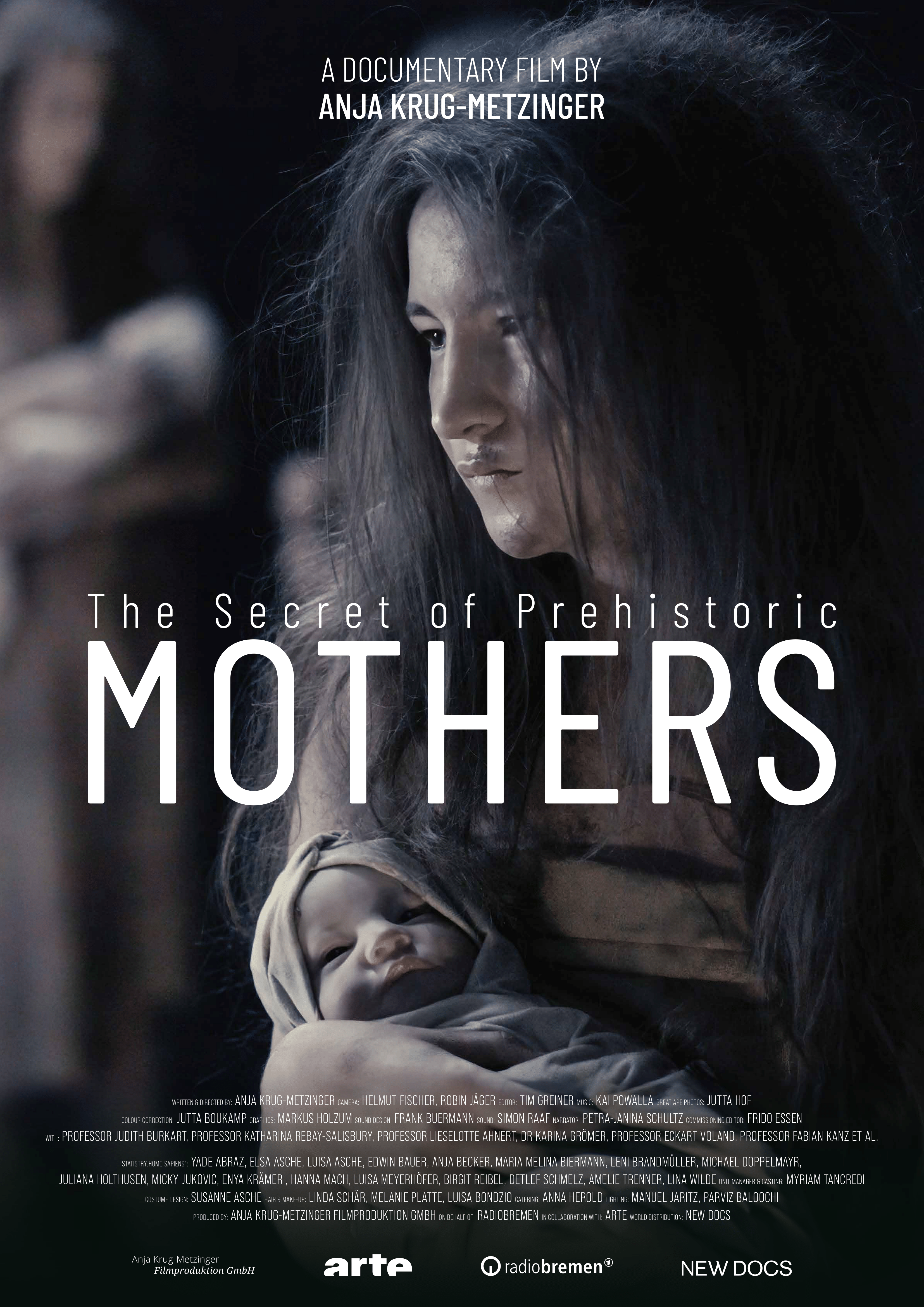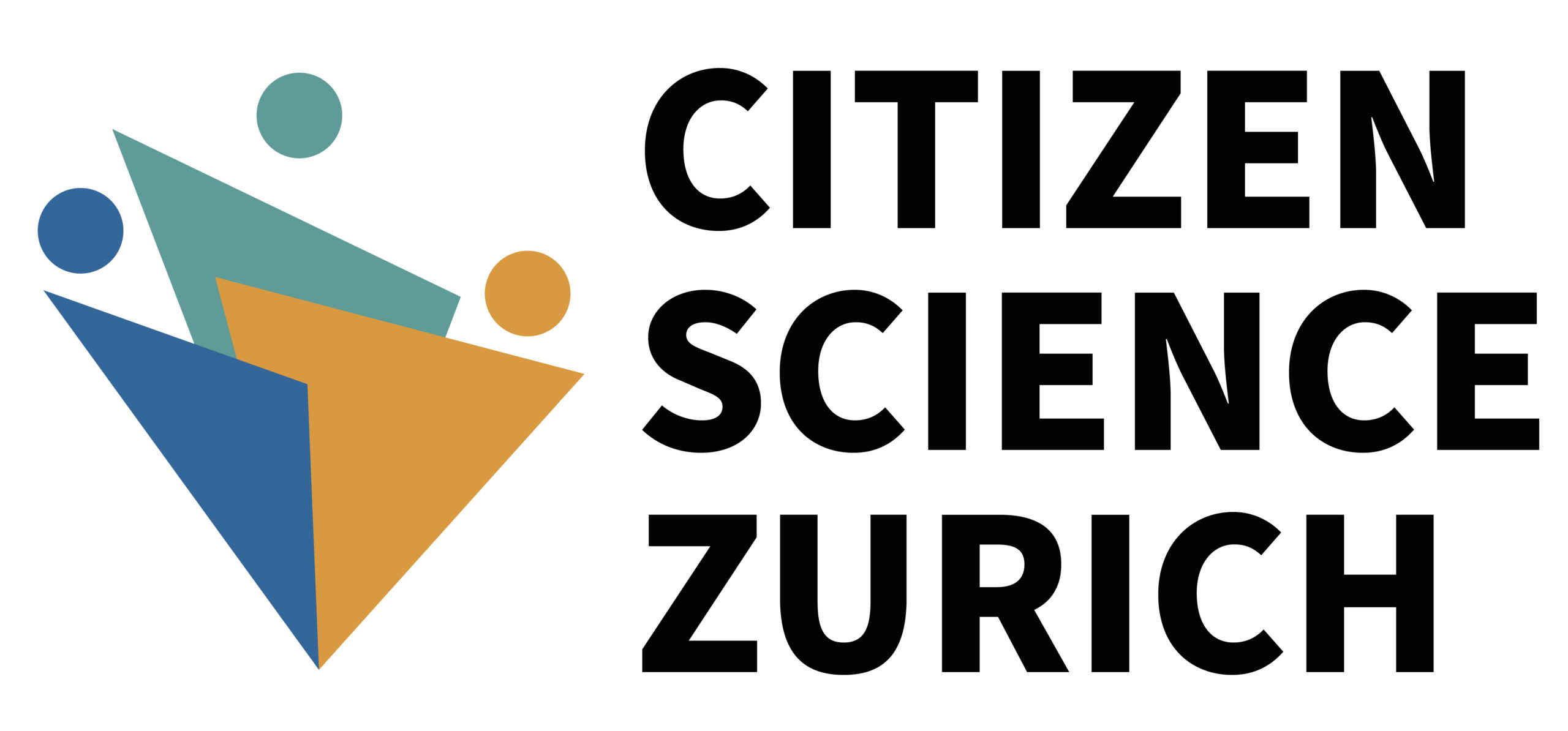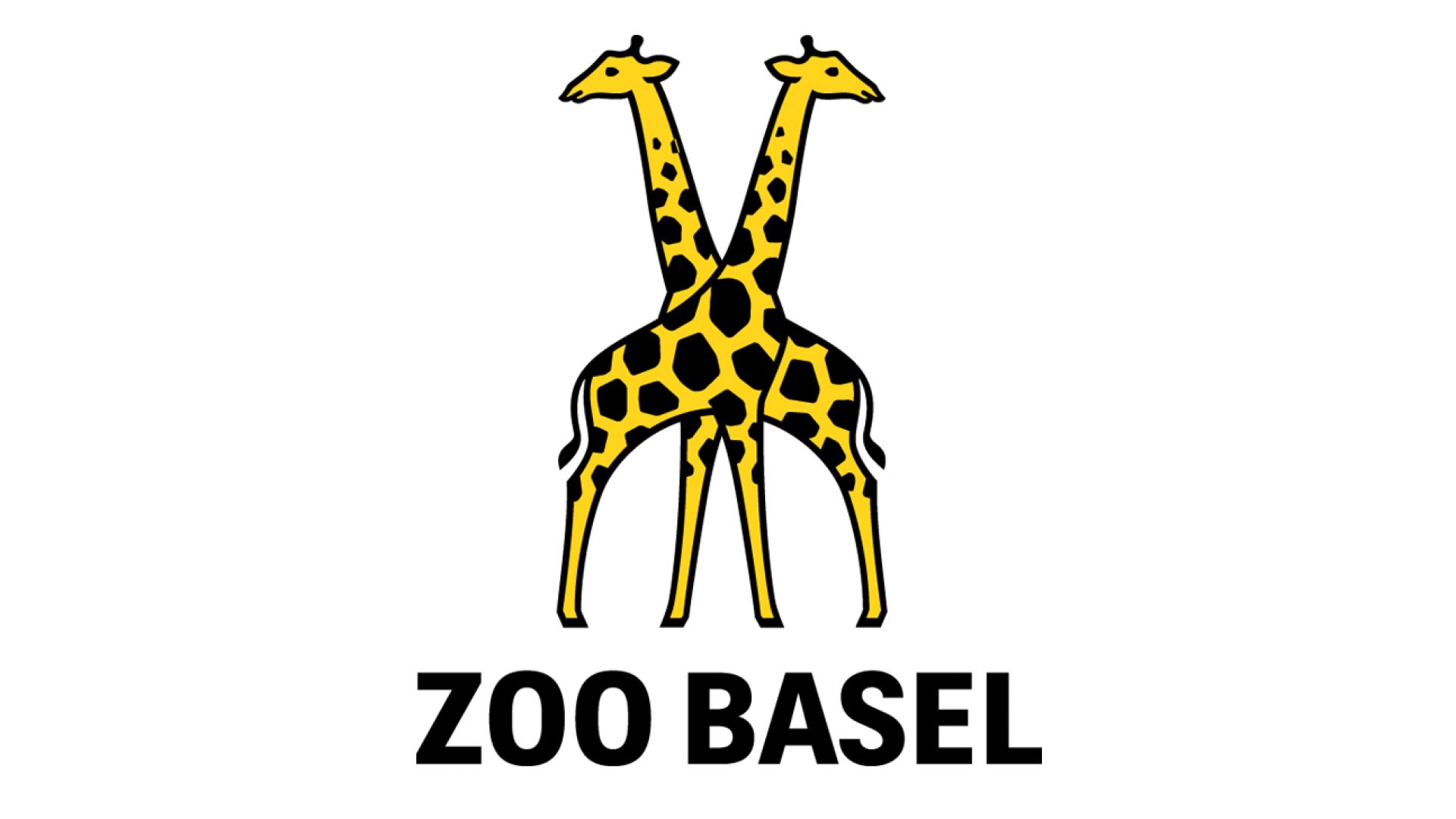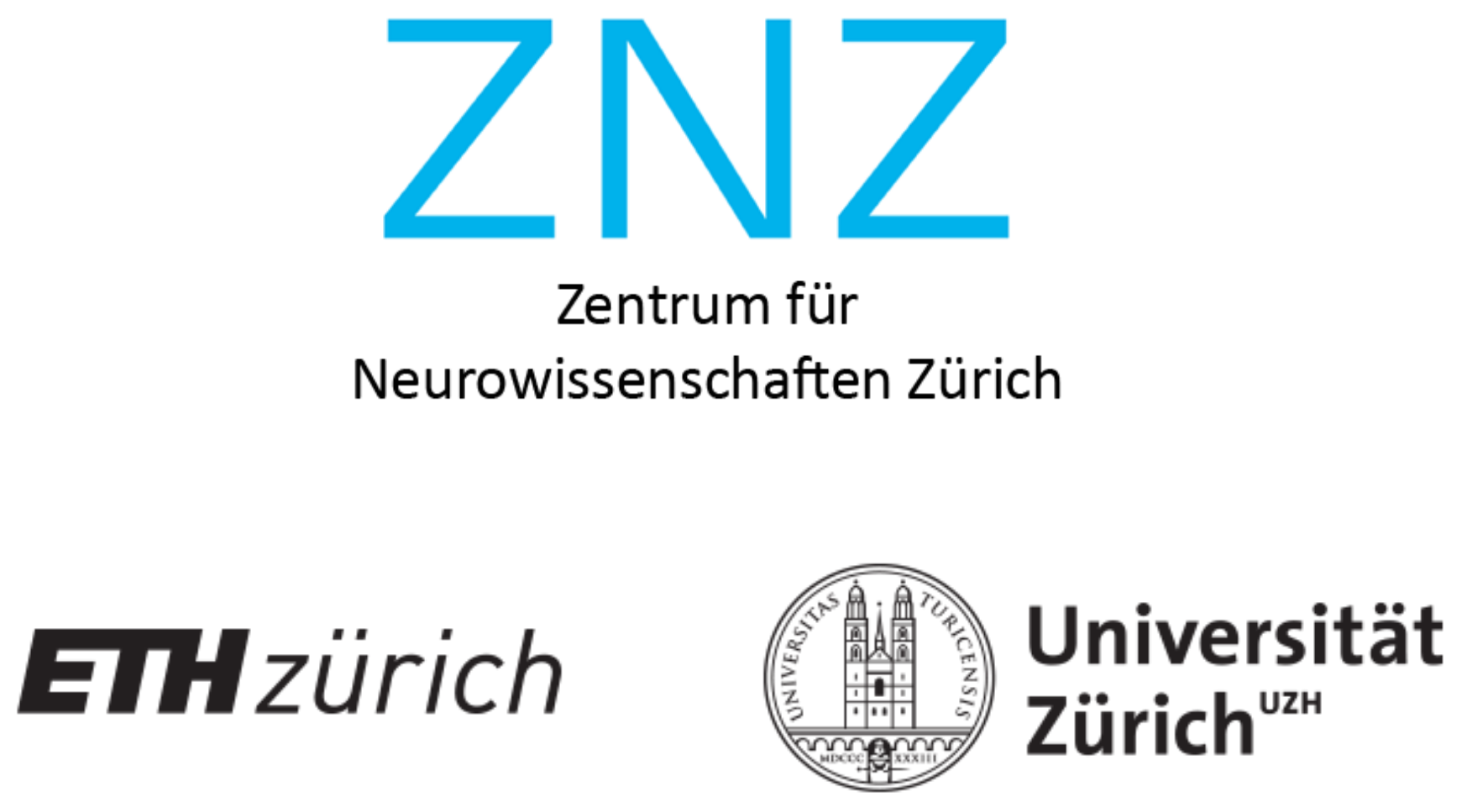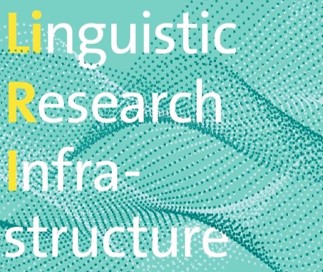Vergangenheit, Gegenwart und Zukunft der Sprache
Der Nationale Forschungsschwerpunkt (NFS) Evolving Language verbindet Forschungsgruppen aus den Geisteswissenschaften, den Sprach- und Computerwissenschaften, den Sozialwissenschaften sowie den Naturwissenschaften an verschiedenen schweizerischen Universitäten. Wir wollen gemeinsam eines der grössten Rätsel der Menschheit erforschen: Was ist Sprache? Wie hat der Mensch die Fähigkeit entwickelt, sich sprachlich auszudrücken, Sprache im Gehirn zu verarbeiten und immer neue Variationen an die nächste Generation weiterzugeben? Wie wird sich unsere Sprachfähigkeit angesichts der digitalen Kommunikation und der Neurotechnik weiterentwickeln?
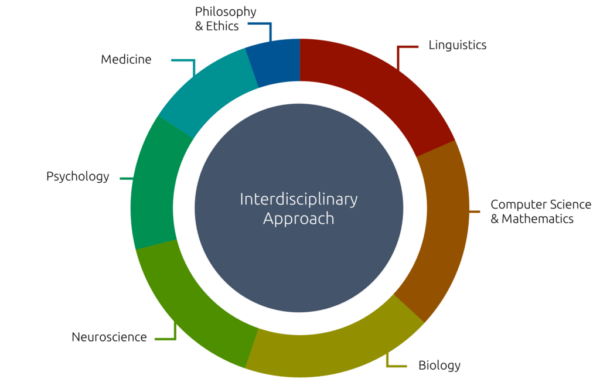
-
> Alle die PublikationenWu, S., Bhadra, K., Giraud, A.-L., & Marchesotti, S. (2024). Adaptive LDA Classifier Enhances Real-Time Control of an EEG Brain–Computer Interface for Decoding Imagined Syllables. Brain Sciences, 14(3), 196. https://doi.org/10.3390/brainsci14030196
Nächste Veranstaltungen
B&C/ISLE/NCCR Colloquium – From lexical selection to articulation across the lifespan – Marina Laganaro
Unser Netzwerk
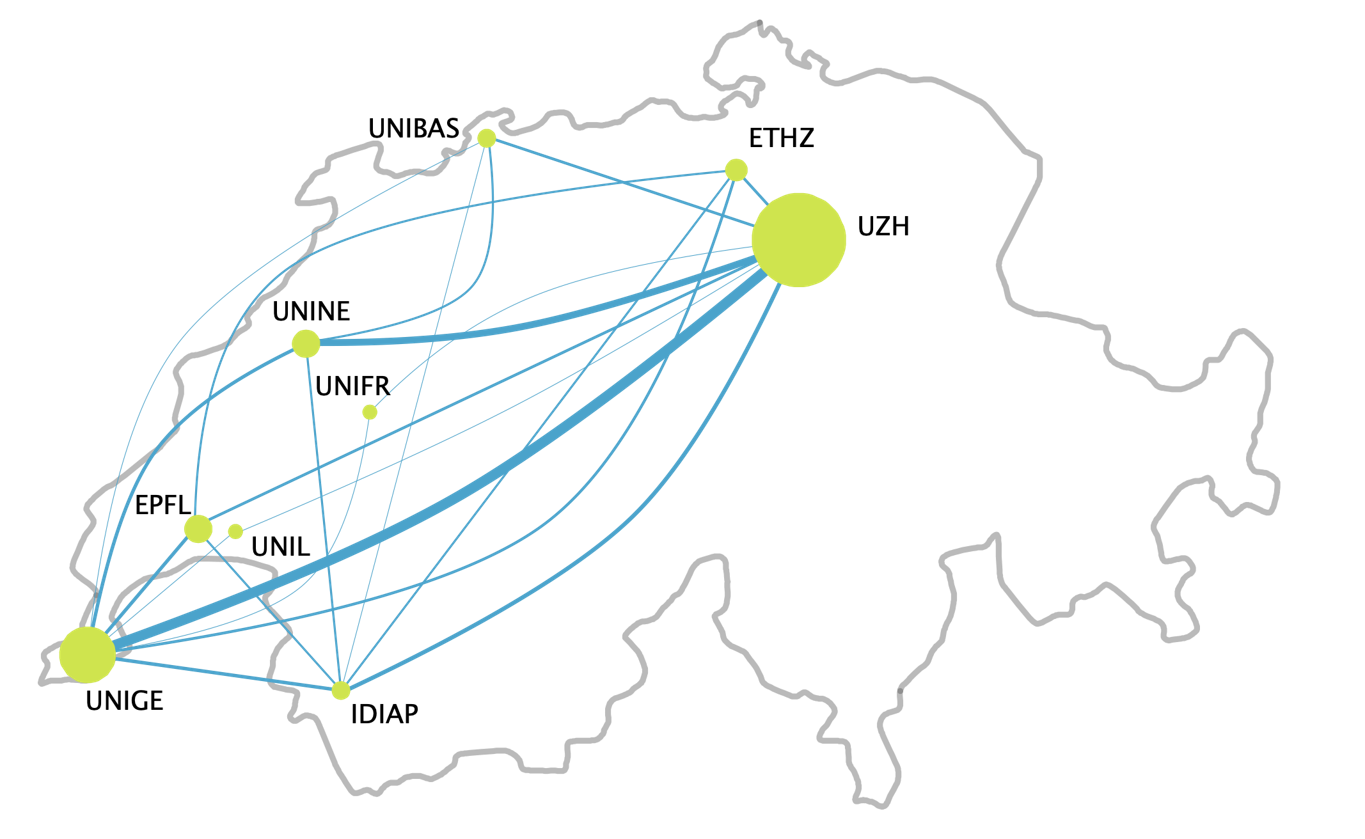
Evolving Language steht unter der Leitung von Balthasar Bickel (Institut für Vergleichende Sprachwissenschaft, UZH), Daphné Bavelier (Kognitiv Neurowissenschaften Gruppe, Universität Genf) und Klaus Zuberbühler (Institut für Biologie, Universität Neuenburg). Es nehmen mehr als 30 Forschungsgruppen aus neun unterschiedlichen Forschungszentren in der Schweiz sowie Partner aus der Wirtschaft (Google AI, Sonova) und öffentliche Einrichtungen am NFS teil.
Heiminstitution

Ko-Heiminstitution



